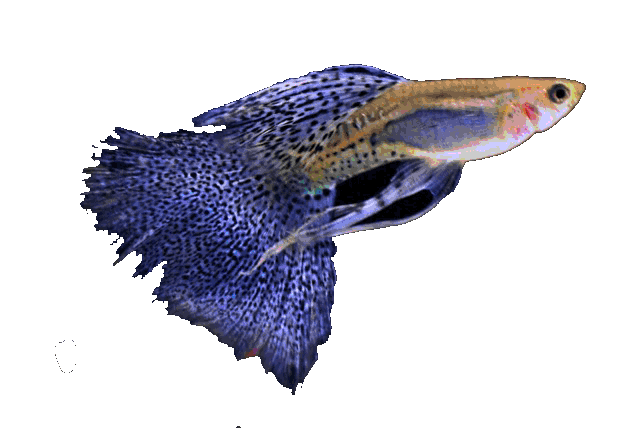

Family Zenarchopteridae is mostly viviparous although it also includes oviparous species.
Ps (According to some data, the taxon distribution is: family Hemirhamphidae / subfamily Zenarchopterinae)
We find her in the fresh and brackish waters of tropical Asia, Indonesia and all the way to New Guinea, some of them live also in the Indo Pacific. The characteristic of the family is in the slender body with small fins and a special jaw, where the lower jaw quite elongated, especially in males, the genus Nomorhamphus stands out, where there is a small difference in length. The dorsal and anal (dorsal) fins are shifted far back and stand facing each other. The lower jaw increases with age.

Fowler , 1934
Family Zenarchopteridae - freshwater beaked pike

Characteristic long lower jaw ( Dermogenis, Nomorhamphus )
Meaty pendant on the lower jaw ( Hemirhamphodon )
Fish are adapted to life below the surface of the water, their diet is also there, which floats on the surface of the water collected (zooplankton, algae, fish, insects and other small animals).
The family has 5 genera. They are quite adaptable fish and live off moderately soft water with a pH of 6.5 and all the way to hard water and even slightly salty. Males are territorial and aggressive with each other and in a small aquarium (below 60 L) we have only one.
It can be combined with most others live births, catfish and carcinoids. When breeding, avoid rapid changes in water chemistry. Fish are also sensitive to various shocks (wild swimming with the lights on in the evening).
We take care of quality water, good filtration, frequent change water and lots of oxygen.
The family loves open waters and they don't care what the base and stones in the aquarium are like, but they like floating plants where they hide during the hunt, and youngsters also find a safe haven here. The aquarium should have hidden areas where fish hide (plants, roots, reeds, floating wood, ..) and prey on prey. Like an arrow he runs towards the prey.
Water depth is irrelevant.
They are beautiful fish, colorful, vibrant and full personality.
Family classification
Kingdom: Animalia / animals
Trunk: Chordata / string players
Class: Actinopterygii / arthropods
Order: Beloniformes / needles and flyers
Family: Zenarchopteridae / freshwater beaked pike
Genera
Tondanichthys - Collette, 1995 (1)
Zenarchopterus - Gill, 1864 (24)
Links
Examples habitat


Reproduction
They reproduce in 5 different ways. Details vary widely from species to species, with some species being ovoviviparous (as guppies) and other real ones live births (viviparne - as Goodeidae). The genera Dermogenys, Hemirhamphodon, and Nomorhamphus are in their entirety live-bearing, with the exception of H. tengah , which is oviparous. See fish reproductive strategies .
Representatives of genera Zenarchopterus and Tondanichthys are also oviparous.
Some species ( Dermogenys and Nomorhamphus ) are able to store sperm for a few further embryos. (6-8 litters)
They have fewer offspring, it is best to have fertilized females separately, at a constant temperature and a very high quality diet such as larvae of various insects, flies, spiders, etc. Optimal water quality.
The slightest stress of a female can cause a miscarriage.
Pregnancy period varies from species to species, ranging from 4-8 weeks.
The young man is somehow from 5 up to 25, which are large enough to immediately eat small live food (artemia, fleas, mosquito larvae, ants, flies, ..), grow quickly and are easy to maintain.
Courtship goes something like this: The male is more active and swims in front of and behind the female and touches her every now and then with his “beak” than to test the female if she is interested.
They get to know each other and when (if) the female is ready, which is great rarely, successful copulation occurs. During the shaking, the male only touches the female's genital opening with the andropod and the sperm is transferred. The whole mating process takes only a few milliseconds, yet fertilization takes place.
At the end of pregnancy females can change behavior, births occur during vegetation at night.
Puppies are usually born with the tail forward. Juveniles are separated from adults as soon as possible (cannibalism). For healthy and successful growth and development of young pike, living food is of paramount importance, when not used, the young have little chance of survival and soon die. With quality plant and animal food, the young begin to grow after four weeks lower jaw, until then both are the same size. Vitamin D is very important for healthy development.



